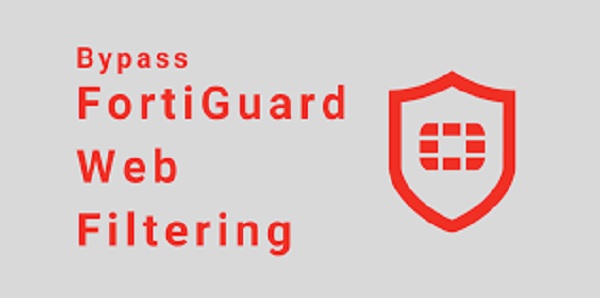Table of Contents
- What is FortiGuard Web Filtering and How to Bypass It?
- How to Utilize Proxies to Bypass FortiGuard Web Filtering
- How to Use VPNs to Bypass FortiGuard Web Filtering
- Tips and Tricks for Bypassing FortiGuard Web Filtering
- Exploring Available Options for Bypassing FortiGuard Web Filtering
What is FortiGuard Web Filtering and How to Bypass It?
FortiGuard Web Filtering is an integrated web filtering solution from Fortinet, a global leader in cyber security solutions. It is designed to protect users from malicious and inappropriate content, as well as to enforce organizational policies. It uses a combination of URL filtering, web content classification, and reputation scoring to identify and block inappropriate and malicious websites. FortiGuard Web Filtering works by scanning web content against a database of known malicious websites and web content categories. When a user attempts to access a website, FortiGuard examines the URL for any potential threats and blocks the website if it is flagged as malicious or inappropriate. It can also block content based on its assigned category, such as pornography, gambling, or hate speech. Though FortiGuard is designed to protect users from malicious and inappropriate content, there are ways to bypass it. For instance, users can use a proxy server or virtual private network (VPN) to access websites blocked by FortiGuard. A proxy server routes web traffic through a third-party server, obscuring the user’s identity and allowing them to access websites that are blocked by FortiGuard. Similarly, a VPN allows users to connect to the internet through an encrypted tunnel, allowing them to access any website, regardless of whether it is blocked by FortiGuard. By using a proxy server or VPN, users are able to bypass FortiGuard Web Filtering and access blocked websites. However, it is important to note that this may be a violation of organizational policies, and could put the user’s network at risk. Therefore, it is important to understand the risks and consequences before attempting to bypass FortiGuard Web Filtering.How to Utilize Proxies to Bypass FortiGuard Web Filtering
Proxies are a useful tool for bypassing FortiGuard Web Filtering, which is a web filter that blocks internet access from certain websites. Proxies are a type of server that acts as an intermediary between a user and the internet, providing an additional layer of security and privacy for internet activities. By using a proxy, users can connect to the internet and access websites that FortiGuard Web Filtering has blocked without being detected. To use a proxy to bypass FortiGuard Web Filtering, users must first find a reliable proxy server. There are many free proxy servers available online, but users should be aware that some of these are not secure and could leave their data vulnerable to hackers. It is therefore advisable to use a paid proxy server, which usually offers more features and better security. Once a reliable proxy server has been found, users can configure their web browser to use the proxy server. This is done by entering the proxy server’s IP address and port number into the browser’s proxy settings. Once the proxy settings have been configured, users can then access websites that have been blocked by FortiGuard Web Filtering. It is important to note that while proxies can be used to bypass FortiGuard Web Filtering, they do not guarantee complete privacy and anonymity. As such, users should be aware that their data may still be visible to third parties, such as their internet service provider or the proxy server’s operator. Additionally, certain websites may also have additional security measures in place, such as CAPTCHAs or two-factor authentication, which may still block users even if they connect through a proxy. In conclusion, proxies can be a useful tool for bypassing FortiGuard Web Filtering and accessing blocked websites. However, users should be aware that proxies do not guarantee complete privacy and anonymity, and some websites may still be blocked even if a proxy is used.How to Use VPNs to Bypass FortiGuard Web Filtering
Virtually Private Network (VPN) technology is an effective method of bypassing web filtering provided by tools such as FortiGuard. VPNs work by creating a secure connection between a user and a remote network, allowing for private access to websites and other online resources. By creating an encrypted tunnel, users can access blocked websites and other restricted content with relative ease. When attempting to bypass FortiGuard web filtering, the first step is to find a suitable VPN provider. A good VPN provider should offer a range of features, such as high-speed connections, strong encryption, and a variety of server locations. It is also important to make sure that the VPN provider has a good reputation and is reliable. Once a suitable VPN provider has been found, the user can then download and install the software on their device. After the software has been installed, the user will need to sign in using their username and password. Once logged in, the user can then connect to a remote server provided by the VPN provider. This will establish an encrypted connection between the user and the remote server, allowing for the bypassing of web filtering. When connected to the VPN, the user can access any website or content that is blocked by FortiGuard. The user can also access websites anonymously, as their true IP address will be hidden behind the VPN’s encrypted connection. Using a VPN is an effective way of bypassing FortiGuard web filtering and accessing blocked content. With a reliable VPN provider, users can access blocked websites and content with relative ease.
Comments (0)